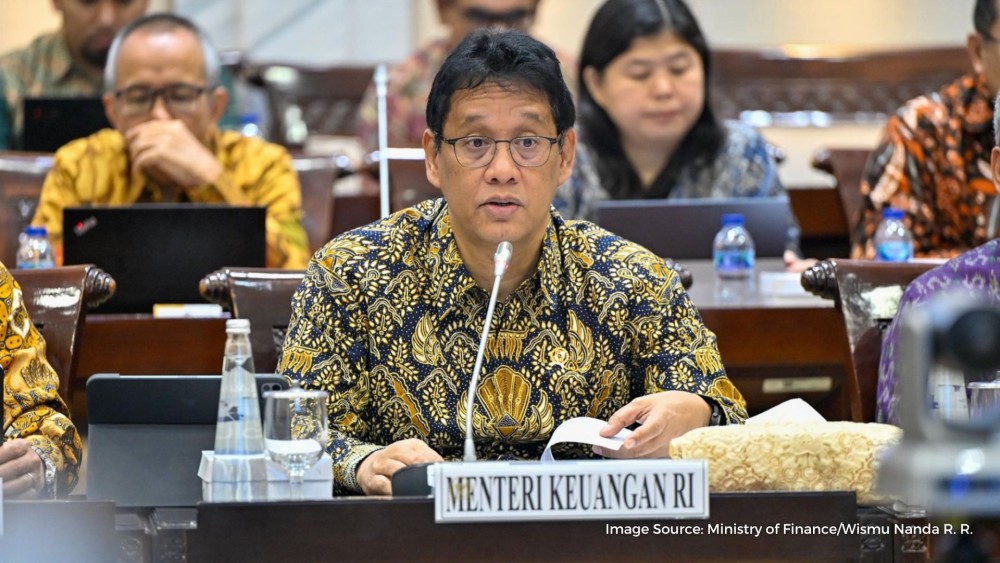Report: e-commerce to fuel Indonesia’s digital economy growth to $110 Bn by 2025
09 Nov 2023

Indonesia’s digital economy is expected to bounce back to its pre-pandemic levels with e-commerce steadily leading the path in both growth and profitability, according to the latest report from Bain & Co., Temasek, and Google.
As illustrated in the “e-conomy SEA 2023” report issued early this November, the digital economy in Southeast Asia is on course to grow, in terms of Gross Merchandise Value (GMV), to US$300 billion (roughly Rp 4.86 quadrillion) by 2025 – and a further $600 billion by 2030 – from $218 billion at the end of 2023.
Indeed, the report stated that the region may achieve a GMV size of $1 trillion by the end of 2030 should certain conditions be met. These conditions include increased efficiency and improved monetization models from digital companies, more consumers from an increased adoption rate of digital platforms and services, as well as improved access for consumers through better digital and physical infrastructure within and across Southeast Asian countries.
“The development and harmonization of relevant policies and agreements across ASEAN will benefit both businesses and consumers. Trade and data governance agreements, as well as infrastructure policies and standards, will remove barriers to cross-border digital economy economic activity and stoke growth across the region,” the report stated.
All of the six ASEAN countries surveyed in the report are expected to post significant growth all the way through to 2030, with Indonesia contributing roughly half of the share in the same period (between $210 billion and $360 billion). Indonesia’s growth will largely be fueled by e-commerce due to the country’s success in controlling inflation and the “sticky” behavior of Indonesian online consumers.
Indonesia’s Digital economy growth in GMV, 2021-2030
|
Sector in US$ Bn / CAGR in % |
2021 |
2022 |
2023 |
2025 |
2030 |
||||
|
e-commerce |
48 |
58 |
62 |
82 |
~160 |
||||
|
CAGR |
20 |
7 |
15 |
|
|||||
|
Transport & Food |
7 |
8 |
7 |
9 |
~20 |
||||
|
CAGR |
15 |
8 |
13 |
|
|||||
|
Online Travel |
2 |
3 |
6 |
9 |
~15 |
||||
|
CAGR |
69 |
68 |
21 |
|
|||||
|
Online Media |
6 |
6 |
7 |
8 |
~15 |
||||
|
CAGR |
6 |
5 |
12 |
|
|||||
|
Overall Digital Economy |
63 |
76 |
82 |
109 |
~210-360 |
||||
|
CAGR |
20 |
8 |
15 |
|
|||||
Notes: CAGR is Compound Annual Growth Rate, 2025 and 2030 (~) are forecasts.
Source: Bain Analysis
The report warned that the direction of the Indonesia’s digital economy growth will be heavily influenced by regulators. On one hand, the country’s robust framework for digital payment, exemplified by the Quick Response Code Indonesian Standard or QRIS, has resulted in a rapid increase in digital payment adoption. On the other hand, the recent regulation banning e-commerce imports below $100 and the government’s move to ban e-commerce via social media to protect brick & mortar merchants may have a negative impact on the overall market.
Regardless, digital finance services, or DFS, is expected to rise the fastest among Indonesia's established digital economy sectors. Many in the world’s fourth largest country population remains unbanked and, as indicated by the rapid adoption of digital payments, the report sees massive growth potential from Indonesia’s low base.
Gross Transaction Value (GTV) in DFS in Indonesia, 2021-2030
|
Sub-Sector (US$ Bn) / CAGR (%) |
2021 |
2022 |
2023 |
2025 |
2030 |
||||
|
Digital Payments |
234 |
286 |
313 |
417 |
~760 |
||||
|
CAGR |
22 |
10 |
18 |
|
|||||
|
Digital Lending |
3 |
5 |
6 |
15 |
~40 |
||||
|
CAGR |
85 |
27 |
50 |
|
|||||
|
Digital Insurance |
0.1 |
0.2 |
0.2 |
0.3 |
~1 |
||||
|
CAGR |
29 |
32 |
27 |
|
|||||
|
Digital Wealth |
1 |
2 |
4 |
7 |
~40 |
||||
|
CAGR |
31 |
104 |
39 |
|
|||||
Notes: GTV includes the value of credit, debit, prepaid card, account-to account and e-wallet transactions; CAGR is Compound Annual Growth Rate; 2025 and 2030 (~) are forecasts.
Source: Bain Analysis






